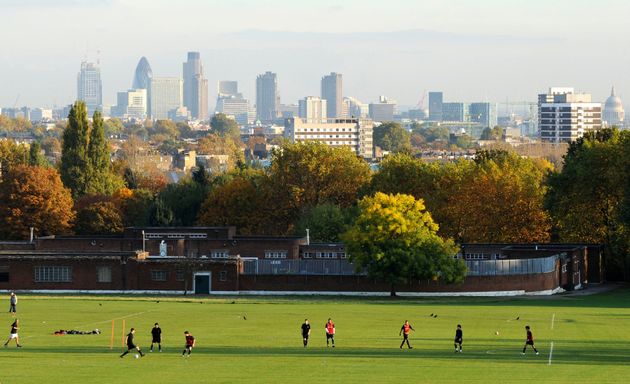London’s Hampstead Heath isn’t just a great place to hang out in during the summer, it’s also a vital tool for preventing global warming.
According to a new study by University College London, the UK’s urban forests such as Hampstead Heath can actually store the same amount of carbon as a tropical rainforest.
The remarkable findings will be vital for city planners who are hoping to create the next generation of sustainable cities.
The study was carried out using airborne LiDAR (Light Detection and Ranging) data collected by the UK Environment Agency, combined with ground-based LiDAR measurements.
Together the University was able to generate a map of the carbon stored in an estimated 85,000 trees in the London Borough of Camden.

Using that data they found that green areas such as Hampstead Heath were able to store up to 178 tonnes of carbon per hectare. This is in comparison to the median value for rainforests which can store up to 190 tonnes of carbon per hectare.
“Urban trees are a vital resource for our cities that people walk past every day. We were able to map the size and shape of every tree in Camden, from forests in large parks to individual trees in back gardens.” Explained lead author of the study, Dr. Phil Wilkes.
LiDAR is a remarkable new technology that is being employed in tropical rainforests in order to accurately predict how much carbon these environments can store.
It works by using millions of laser pulses to build a very detailed picture of the 3D structure of each of the trees. By having this 3D model scientists can then accurately work out how much carbon a tree can absorb using photosynthesis.

The researchers hope that by showing the huge benefit that these green spaces can provide, they can directly influence the way urban planning takes place in the future and in turn create greener cities.
“The trees in our cities are important. They matter because they are close to people and are a key component of our urban environment providing beauty, shade and homes for myriad species as well as absorbing carbon and pollutants. The work being carried out at UCL is adding colour and detail to this understanding,” said Sir Harry Studholme, Chair of the Forestry Commission.